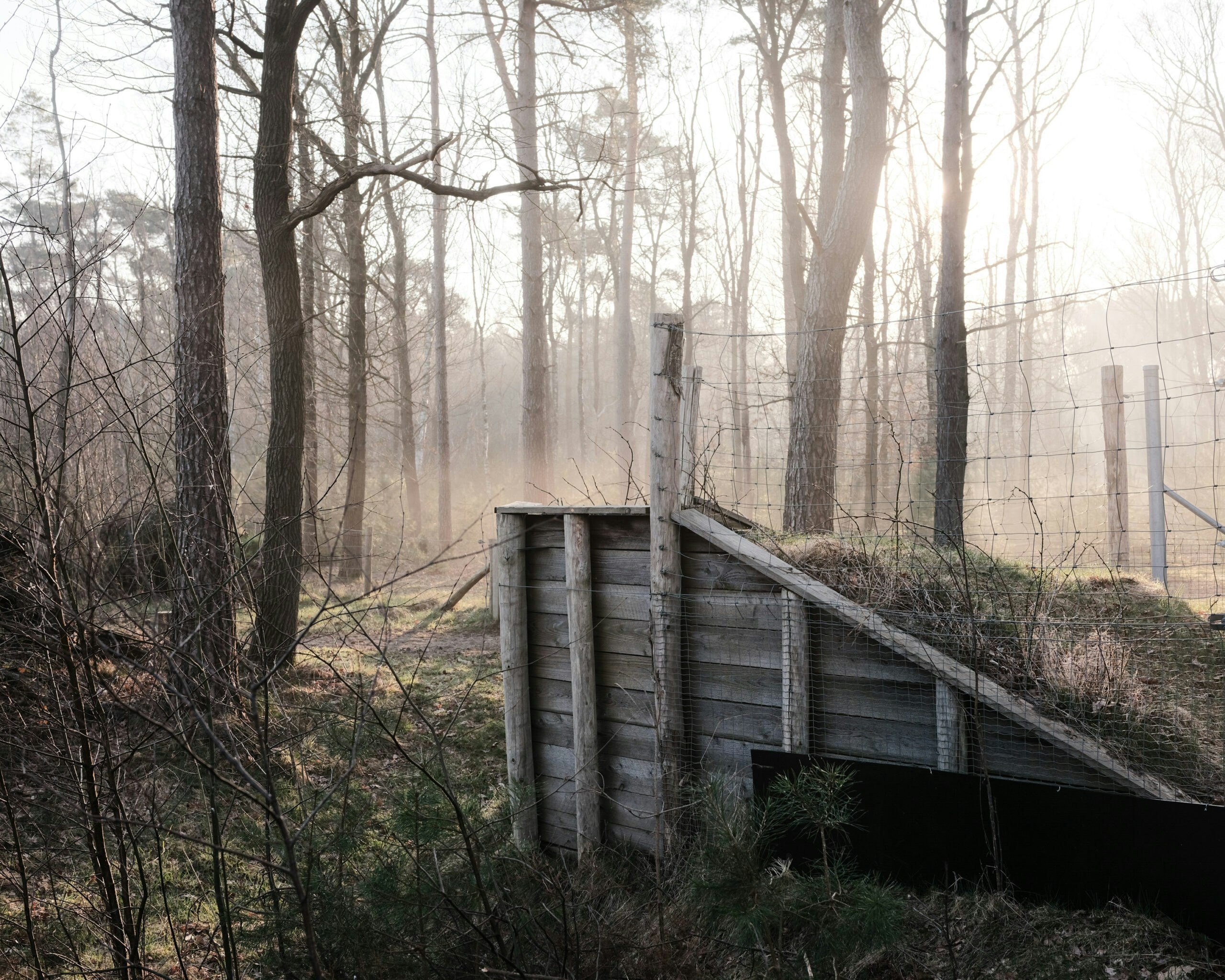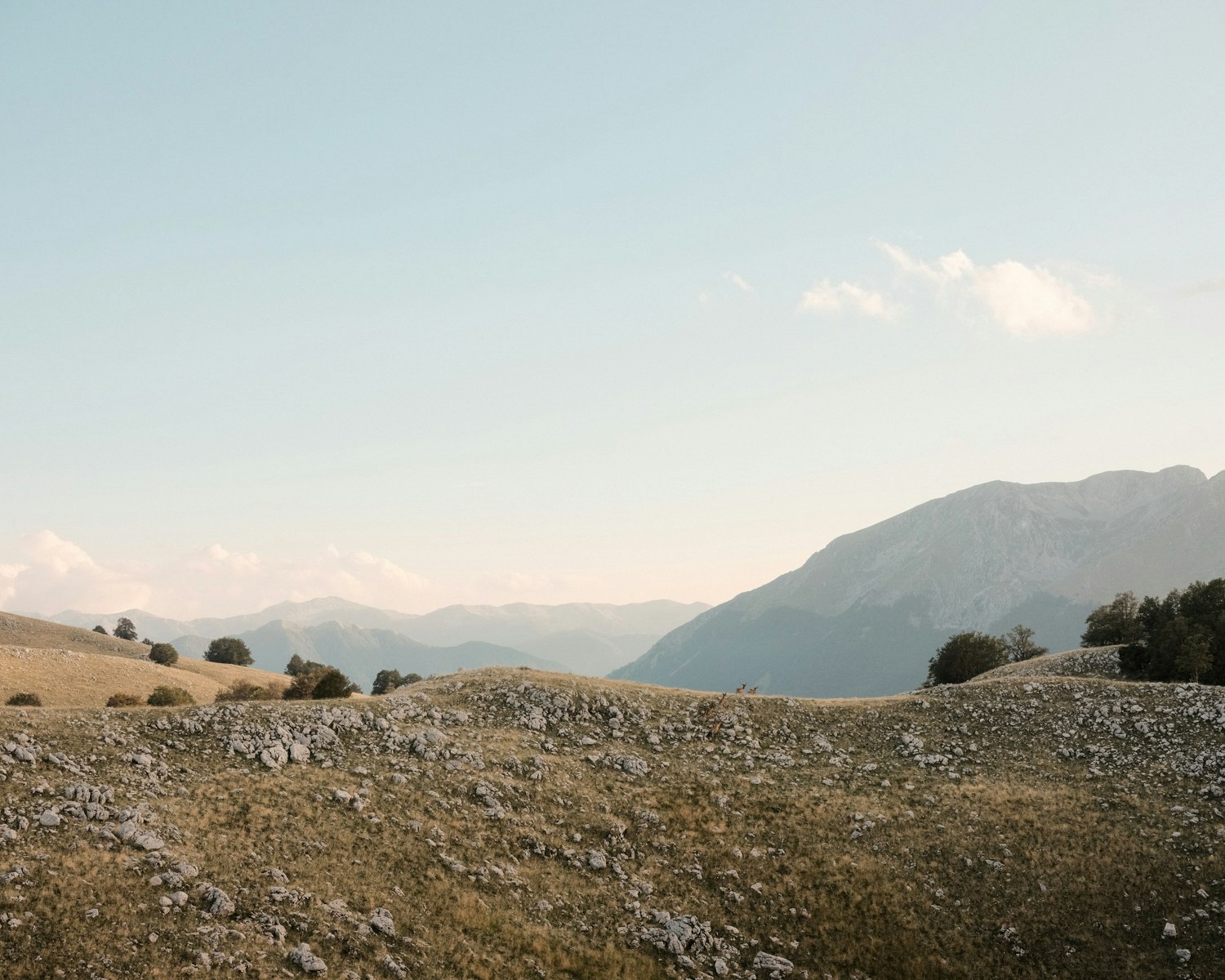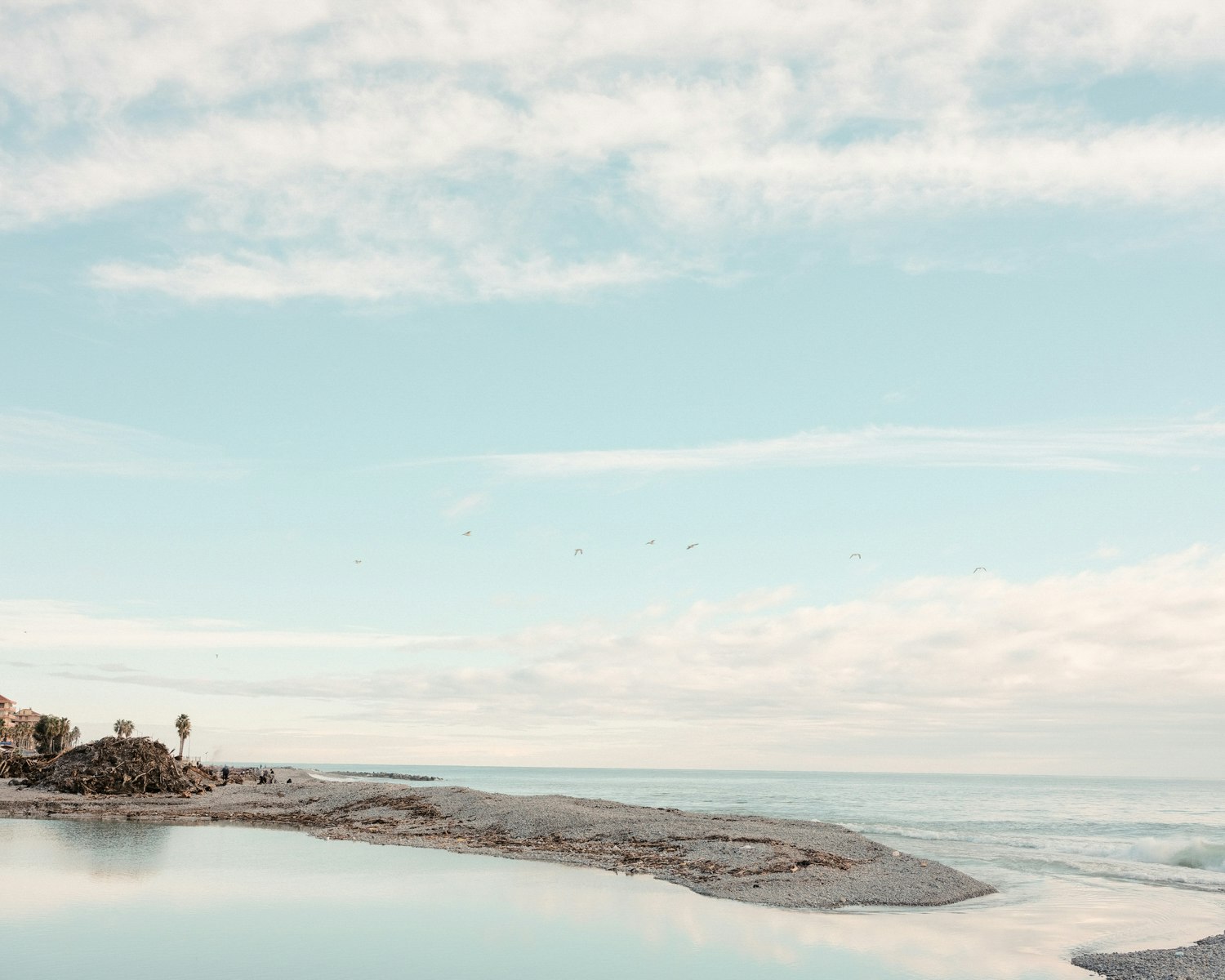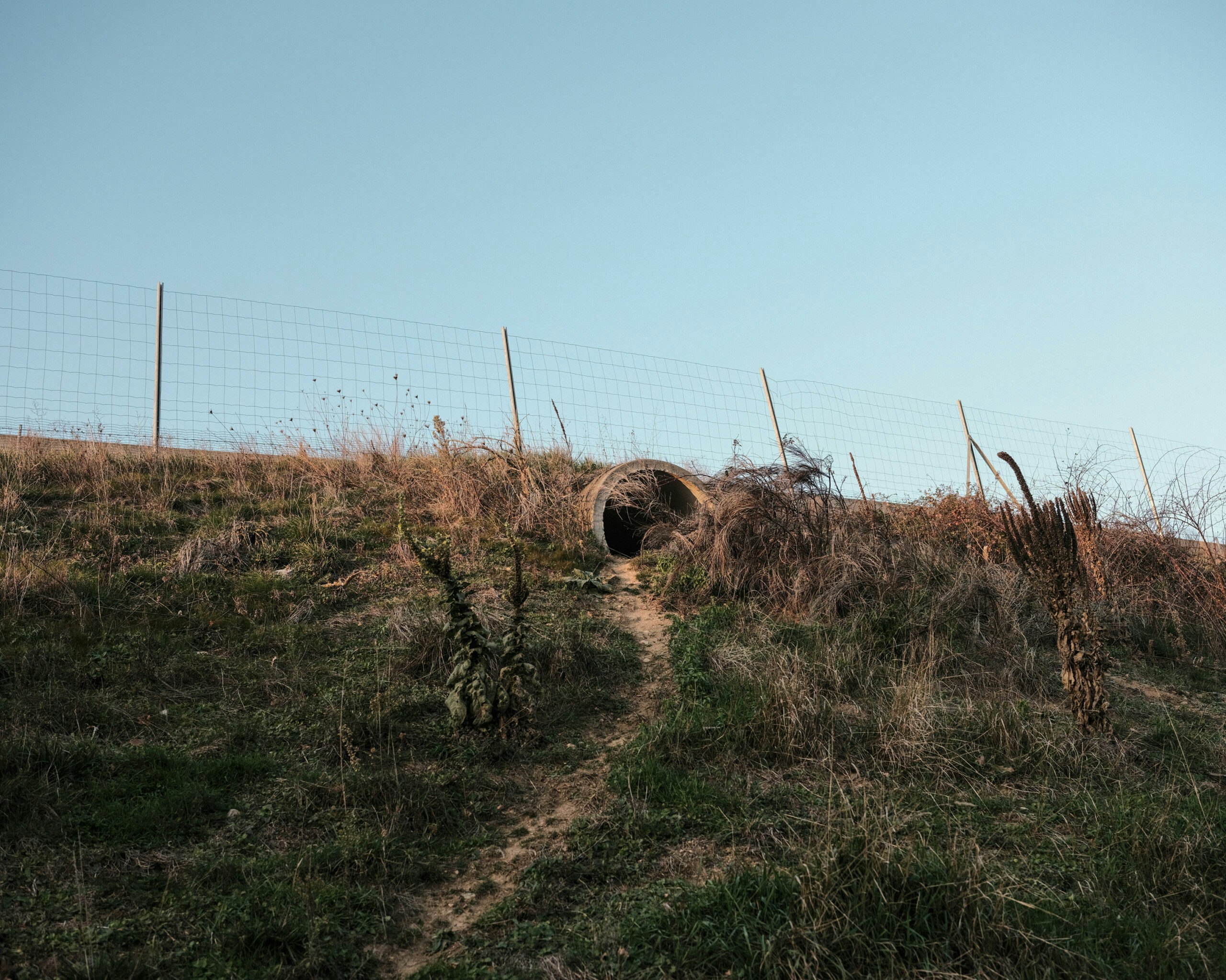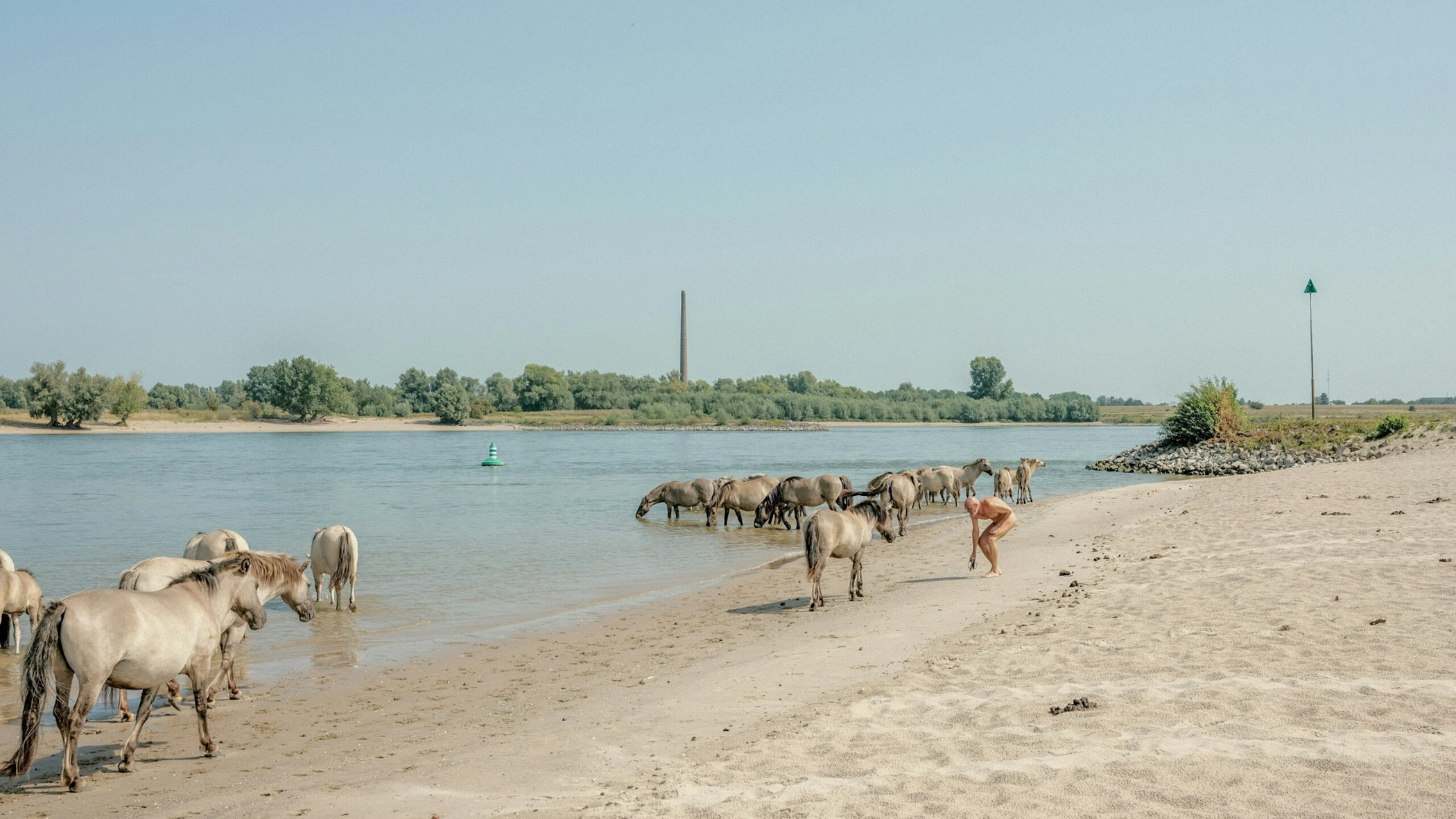Alex Kemman is a cultural anthropologist and criminologist interested in the invisible processes of power. His long-term photography projects relate to development issues, water politics, human rights and ecology.
This project was supported by Message in a Photo, the Postcode Lottery Fund for Journalists, the Fund for Special Journalistic Projects and an Earth Investigations Program grant from Journalismfund.eu.
NIJMEGEN, Netherlands — The waters of the Waal River flow freely once again near this city on the Dutch-German border. Semi-wild horses patrol its banks. At a time when many rivers in Europe are blocked by dams, irrigation canals and other infrastructure, over-managed to the point of no longer flowing where they naturally would, the Waal has been undergoing restoration projects to reestablish natural flooding patterns and free flow.
Throughout Europe, one small step at a time, critical links between natural ecosystems that have been eroded by the infrastructure of human society are being intentionally re-naturalized and restored so they can operate freely once again. It’s a process that is often invisible unless you know where to look.
In the middle of the pandemic in 2020, after the European Parliament voted to support the European Green Deal — a landmark piece of legislation that will allocate billions of euros to lower emissions and support biodiversity — I set off from the Netherlands on the first of several journeys by motorbike to explore how nature can be better connected on a continent crowded with human activity. I focused on “eco-corridors” and “ecoducts” — passages and areas that allow animals and natural ecosystems to navigate a changing climate and human infrastructure — in Germany, Belgium, France, Switzerland and Italy.
There is no explicit connection between the European Green Deal and eco-corridors. There should be. From grand protected areas like natural parks to humble tunnels below roads, these spaces are crucial for a myriad of species, many of which are endangered.
These photos document what I saw of humans taking a step back to allow nature to flourish anew — but also, in some places, of humans constructing infrastructure specifically for nonhuman use. Focusing on the fringes of nature and civilization — on the borders between humans and nonhumans — the images evoke mixed feelings about our relationship with nature. I was saddened by how fragmented nature is, but also struck by the beauty of humans building complex structures to support nature.
Most of all, I wanted to investigate how our fragmented continent might look if connected by natural corridors, and what role EU policies might play in establishing these links now and in the future.



